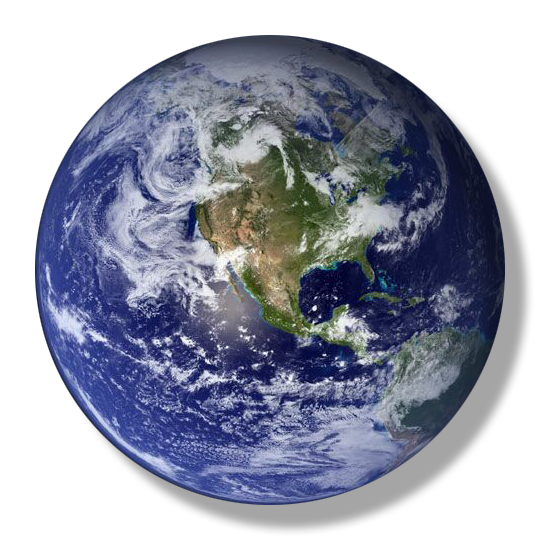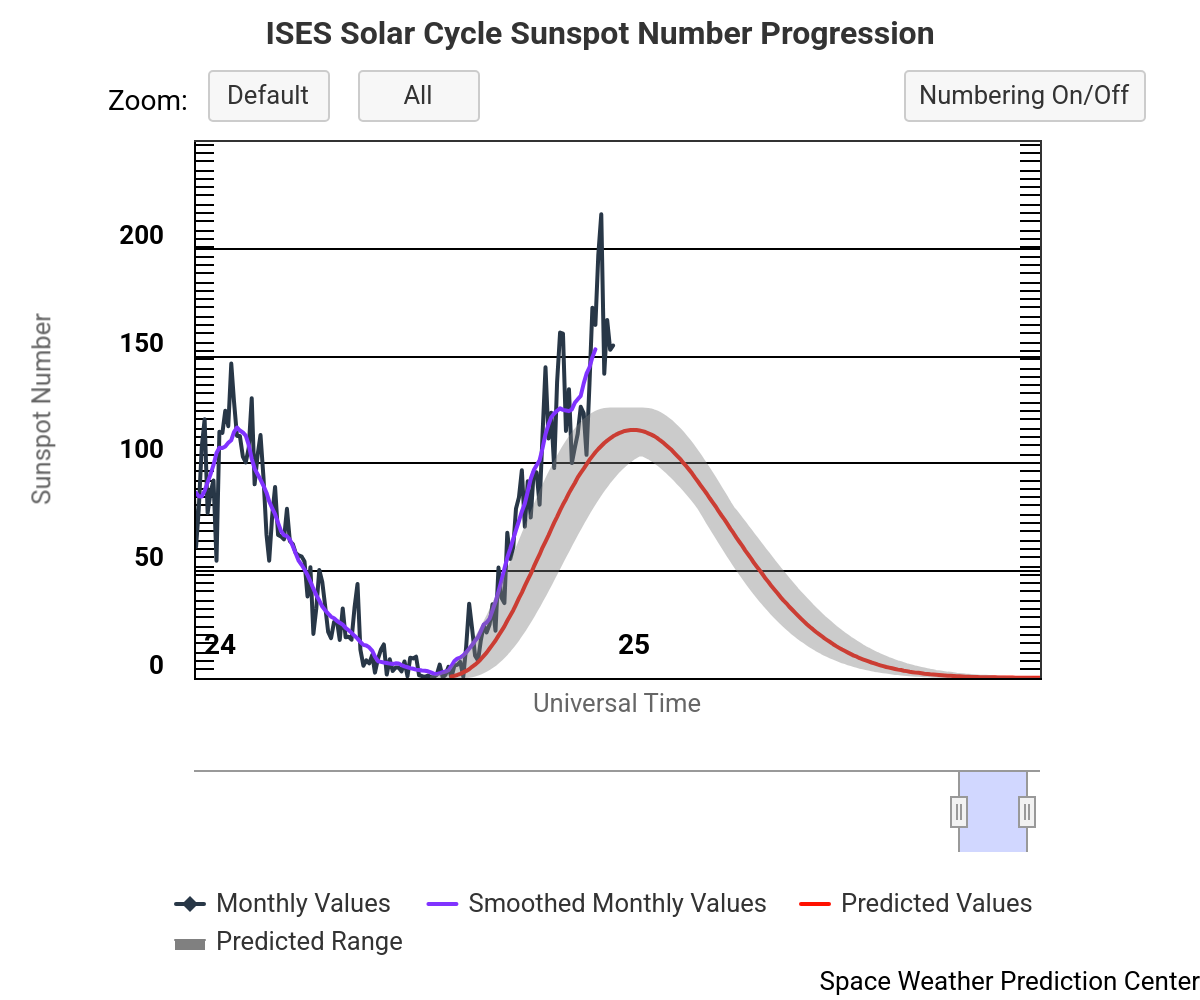(YELLOWKNIFE, NWT) The peak of Solar Cycle 25 is now under way (see the joint NASA/NOAA announcement here), which is pretty great news for northern communities as aurora tourism is now returning to the Northwest Territories, Yukon, Manitoba, Alaska and other aurora viewing hotspots in the circumpolar region.
In case you hadn’t noticed, Earth has taken a few good wallops of solar wind this year and we can expect to see more supercharged events in the months (and years) to come.
How do we know? Well, solar activity doesn’t stop, it’s more of a pendulum that swings from low activity to high activity and back to low. And when you think about solar activity over a relatively short timescale (like weeks or months) there are enormous spikes in activity followed immediately by gaps with an unpredictable number of Earth-directed eruptions, but over a longer time period (approximately 11 years) a pattern emerges, and it is this pattern (or pendulum) that scientists call the Solar Cycle.
Read More
From an aurora viewing perspective often there is a lot of hype around the peak of solar cycles, but when it comes to the actual viewing experience what the data from AuroraMAX tells us is that in Yellowknife (and surrounding communities or any other communities with the same magnetic latitude) the experience frequently meets or exceeds viewing expectations, regardless of whether it is Solar Maximum or Solar Minimum.
In southern Canada, the hype around Solar Max definitely boosts expectations, as it is in fact true that there will be more aurora viewing opportunities in the years leading up to and following Solar Maximum, but there is an important footnote that comes with this truth – “more” is relative.
“More” can mean a few more active nights a month, or possibly only a few more active nights a year.
In other words, when the expectation is for many more nights featuring vibrant displays of Northern Lights above southern Canada due to increased solar activity during Solar Maximum, the expectation is often not met.
The reason for this is that there is a greater chance of major geomagnetic events (G2-G4) following a CME impact, but these events may only occur a few days each year (and a few colourful nights if we’re lucky).
So what can we expect? Well in the North, watch for auroras almost every night regardless of whether it is the peak of the Solar Cycle.
In the South, the years before and after Solar Max will come with high expectations of more active skies (driven mostly by the elevated probability of geomagnetic storms) but it is difficult to predict if viewing expectations will be met.
Can’t wait to find out! 🙂

CELEBRATING 20 YEARS!
Exploring the Power of Citizen Science in a Changing North
The universe is evolving, and so are we! With our 20th Anniversary celebration just around the corner in 2024, Astronomy North is preparing to modernize our programs and services and will introduce new initiatives that explore the power of citizen science in a changing North – how cool is that! Watch for more updates this fall and join us as we celebrate 20 years of exploring the nature, culture and wonder of Canada’s northern sky!
Read More
Forming as a club in Yellowknife in 2004, Astronomy North began as a small group of volunteers offering community aurora forecasting, hosting sidewalk astronomy and classroom presentations and guest presentations at the museum. A few years later, in 2008, we introduced the NWT Astronomy Plan and soon after became a non-profit territorial society that designed, developed and managed projects that aimed to benefit communities in the Northwest Territories as part of the International Year of Astronomy in 2009.
That year we launched our two flagship projects in partnership with the Canadian Space Agency – The AuroraMAX Project and The Legendary Sky Project, and added The Northern Lighthouse Project a few years later.
Along with our projects, our volunteer crew of citizen scientists has also been delivering some cool support services including aurora forecasting, a national AuroraMAX Alert system and continues to offer free space weather training for tour operators – and we’re going to continue inviting everyone to explore the nature, culture and wonder of Canada’s northern sky.
The new organization, to be unveiled in 2024, will have a new emphasis on citizen science in a changing north, exploring new frontiers, new partnerships and new initiatives that align with community priorities and help make the Universe a better place.
Stay tuned for more updates on our 20th Anniversary celebration this fall.

